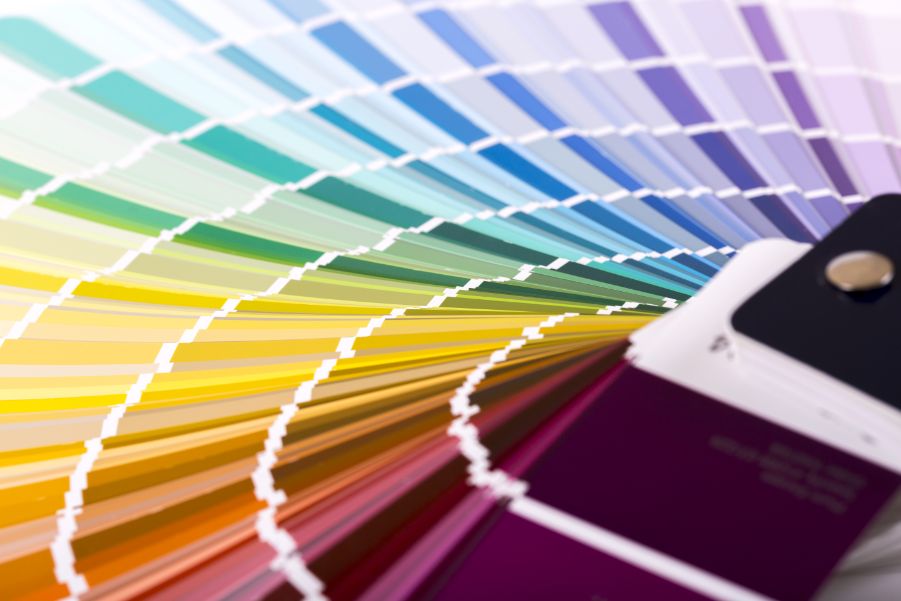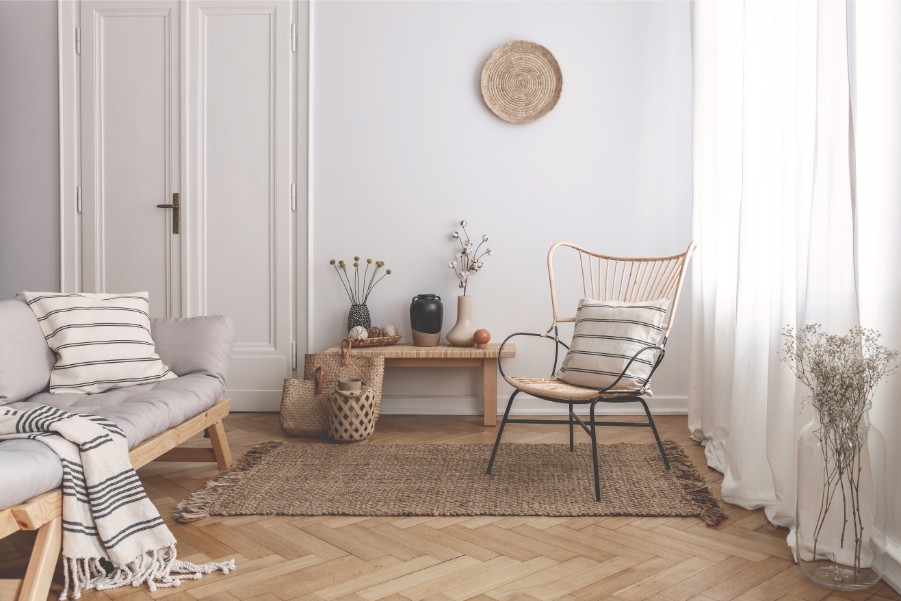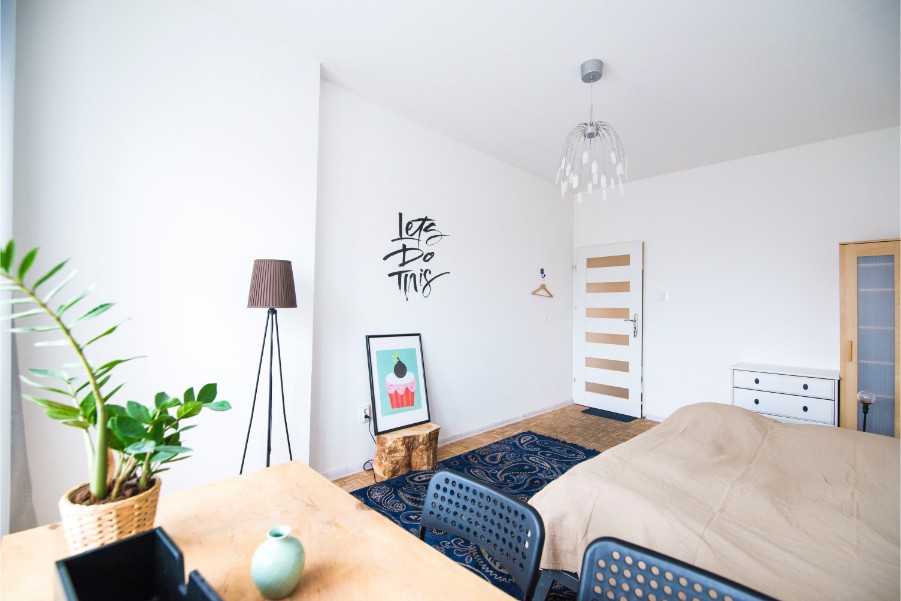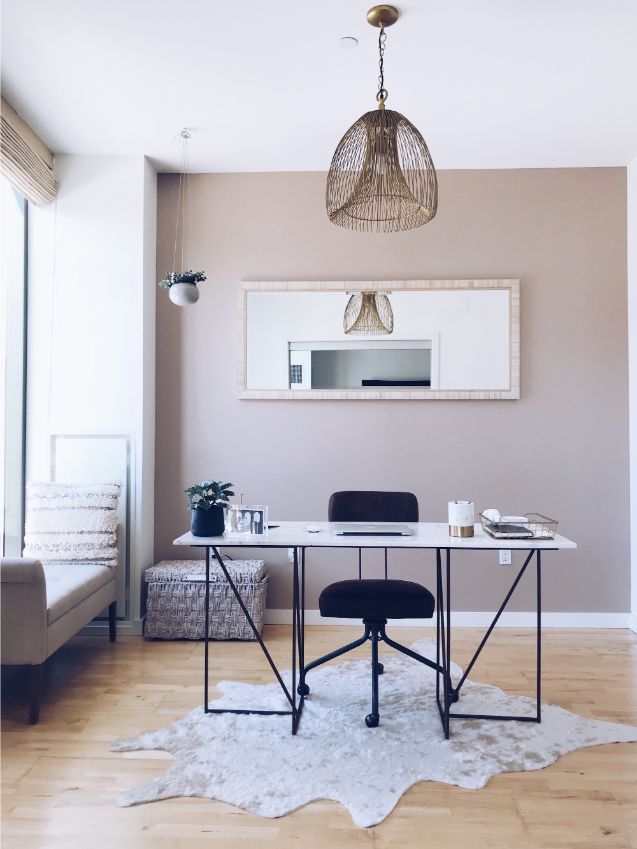Comparing 3 Types of Paint Swatches

The first step in painting your home is picking a color. As nice as it would be, we can’t imagine a color and pull out our wands to make the perfect hue magically appear on the wall. That’s where paint swatches come in. These colors range from small chips to large samples. Here are the three main types of paint swatches and how to know whether your paint will look the same on the swatch as it does in real life.
How Do They Differ From Paint?
When used properly, the paint color should be the same as the color on the swatch. But several factors can cause the paint on the wall to differ from your sample.
Light — The biggest factor is light. How bright or dark is it in the room? Is the light artificial or natural? Is it warm or cool? Like certain LEDs, some lights can cast a bluish tone, while incandescent lights tend to be more yellow. Picking the right paint color to go with the light can be tough if you’ve only had to choose a color a few times in your life. And since most of us only paint once a decade or so, not many of us are pros at this. Don’t be afraid to ask your paint-store expert to help.
Paint finish — Another big influence on a paint color is a paint finish. Flat matte paint absorbs light and can make the paint look lighter. Semi-gloss and gloss finishes reflect light, making the color look darker.
Permanent fixtures — And finally, the permanent fixtures in your home, like carpet, tile, and fixtures, can skew color. For example, if your carpet has a peach undertone, make sure your paint does, too. Otherwise, your room will feel off, even if you can’t put your finger on why.
Types of Paint Swatches
There are three main types of paint swatches: fan decks, peel and stick and swatch cards.
Fan Decks
When you think of paint swatches, fan decks are probably the first to come to mind. A fan deck is a collection of all of the paint chips from a designer or manufacturer. Each card in the deck has a color family, from light to dark, with each hue’s names and numbers.
The fan deck’s strength is that it’s a portable, complete library of hues. Its weakness is that the color chips are small, so unless you buy a paint sample, it can be hard to visualize how they’ll look on the wall.
Peel-and-Stick Paint Samples
Peel-and-stick paint samples are just what they sound like: paint colors on a large swatch (typically at least 8 inches by 8 inches) that you can stick on a wall. This lets you try on color without painting the swatch on the wall. It also lets you move it around the room to test the color in different light.
The upside is that these are convenient, mess-free, and often cheaper than a sample-sized can of paint. The downside is that you can’t hold an entire color card against the wall and pick from a range of colors, the way you do with a fan deck.
Swatch Cards
A paint swatch card is like a peel-and-stick, minus the stickiness. Most paint stores provide swatches at a price (though some, like Paintzen, offer them for free). You can also make your own. To make a paint swatch, use a white poster board or foam core as a base. Cut it to the size you want (we recommend at least 8 inches by 8 inches, but bigger is better). Then paint your sample on the board and let it dry. Do two coats to get the right hue. Then put double-stick tape on the back so you can stick to the wall.
If you’re interested in getting more great paint color ideas, check out our color tool. There you can order paint swatches, get an online quote and learn more about how Paintzen’s network of professional painters can help make your life easier and your home more beautiful.



